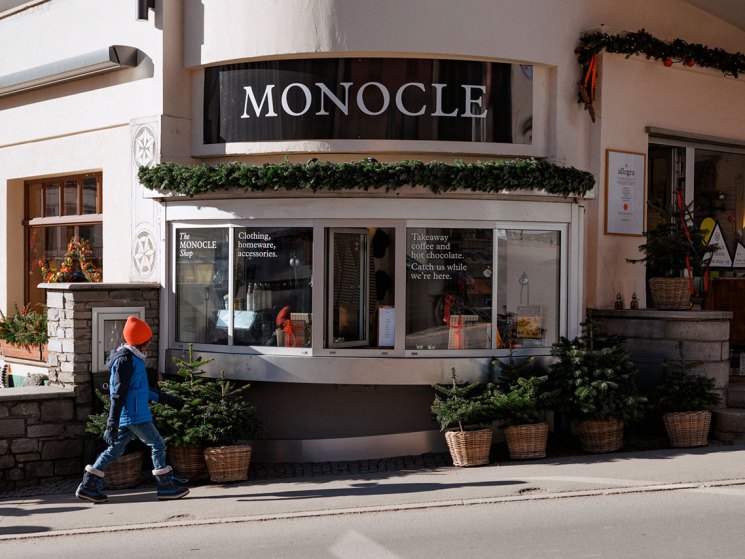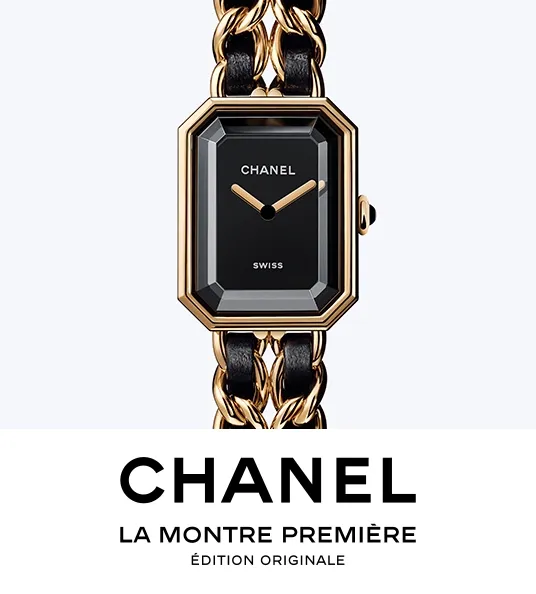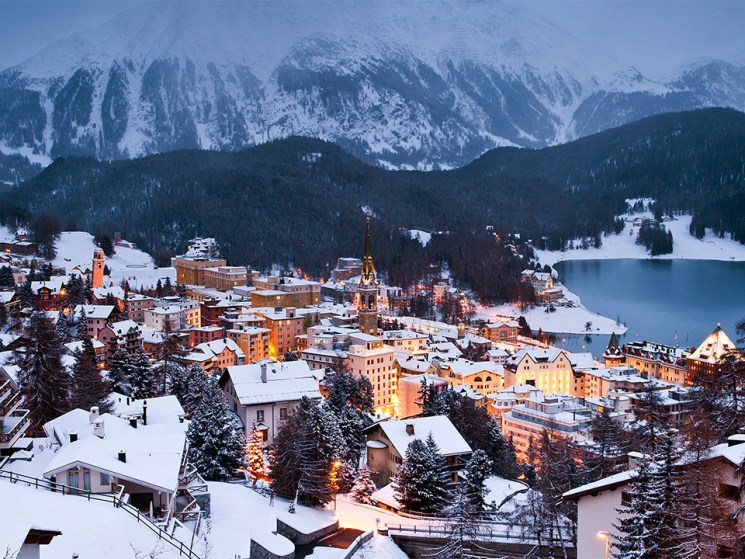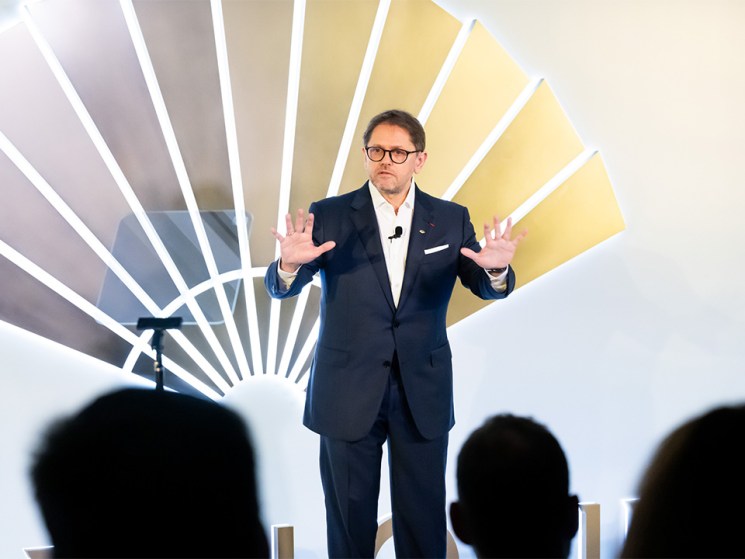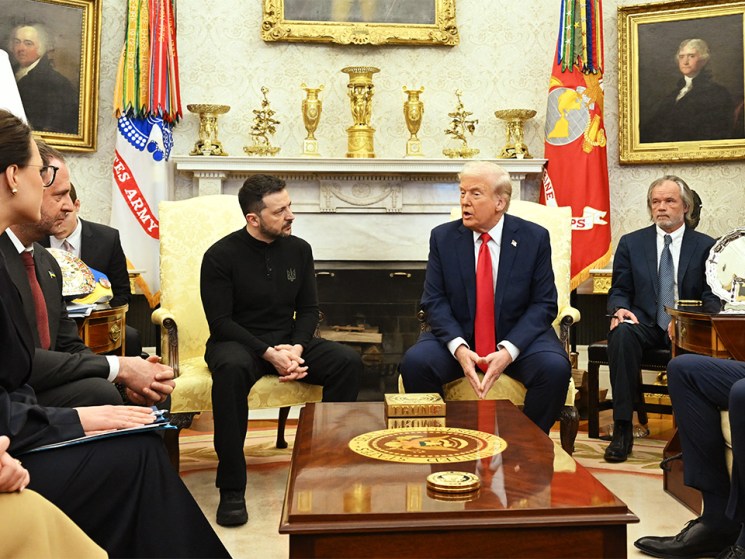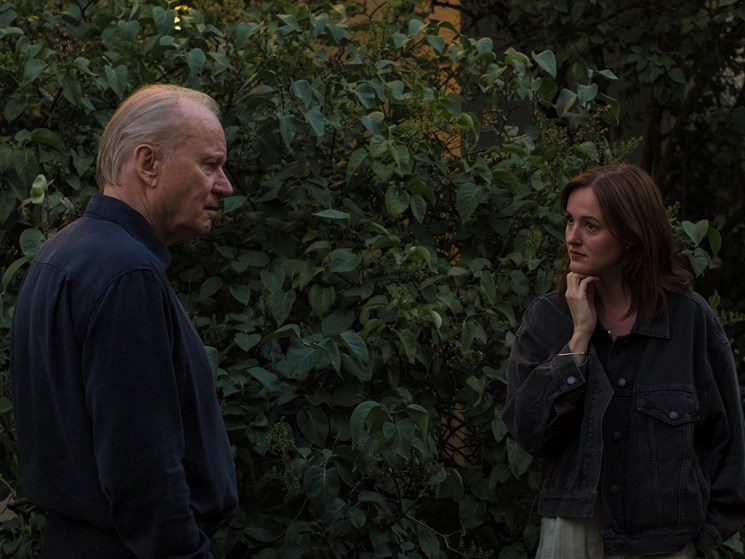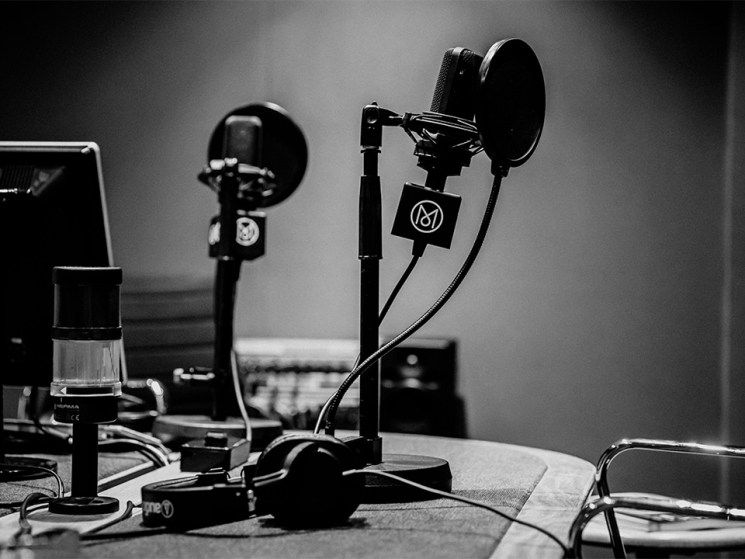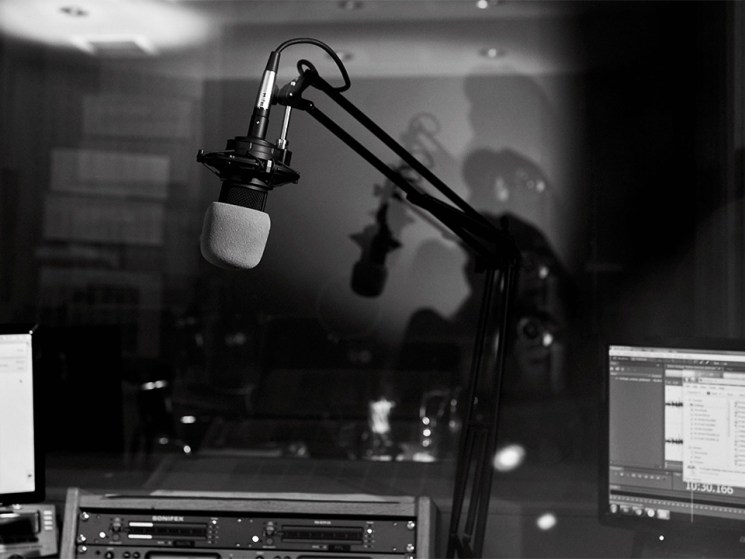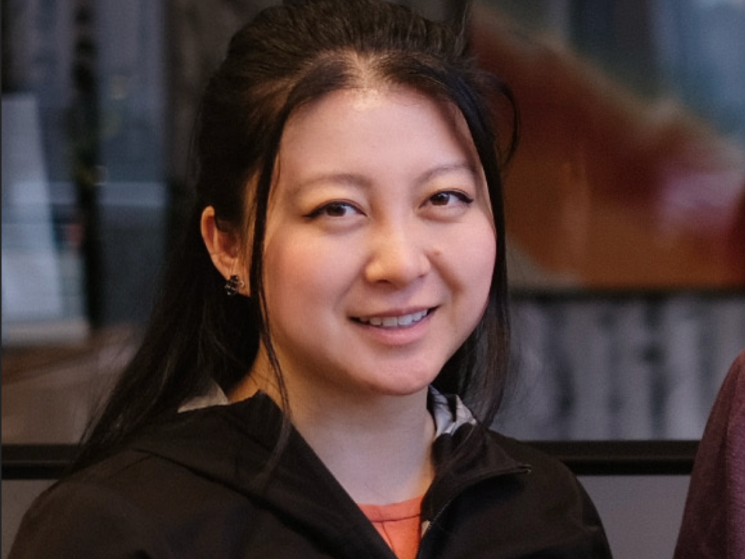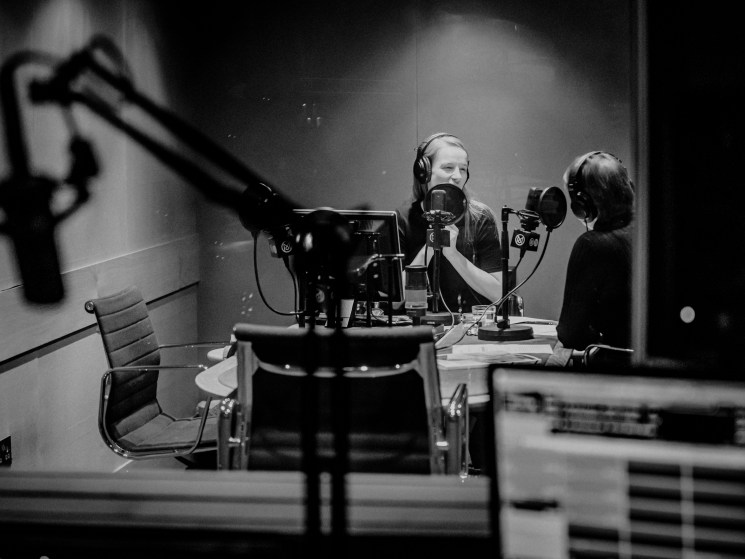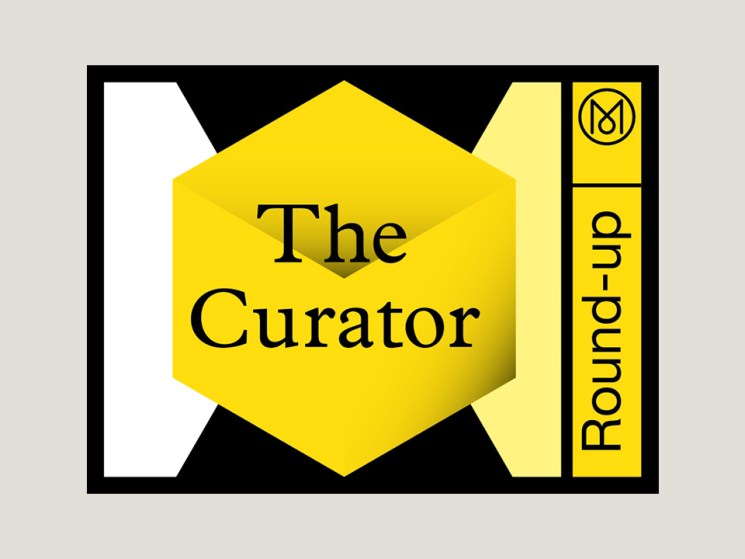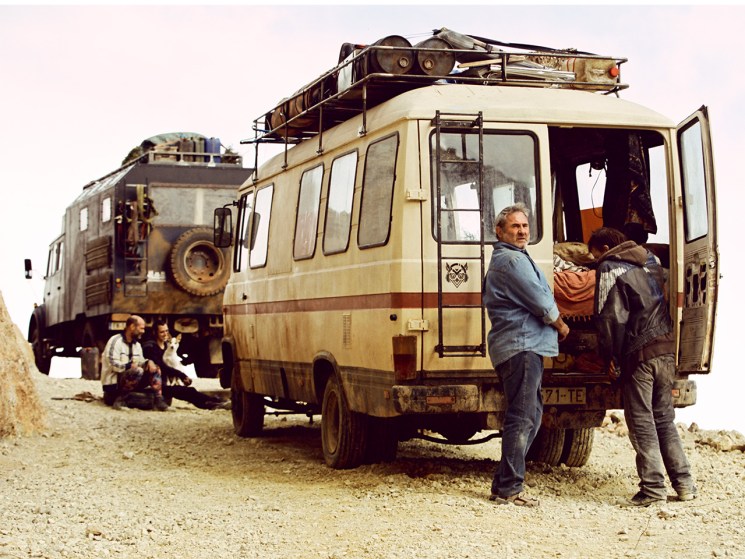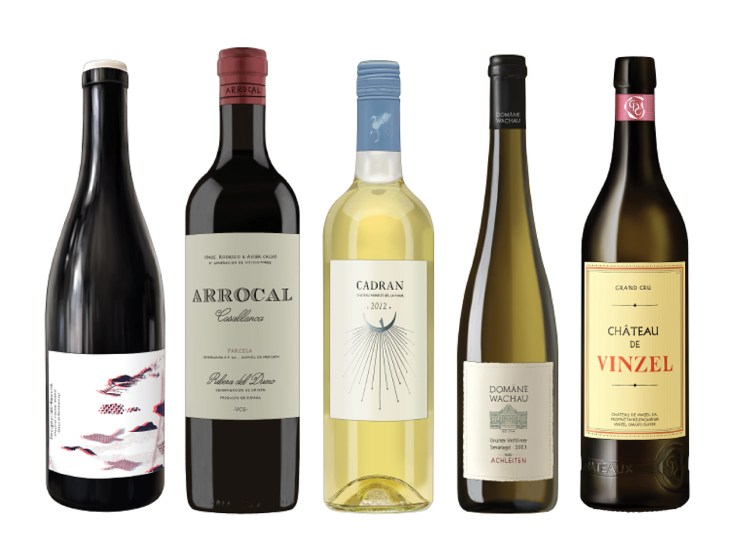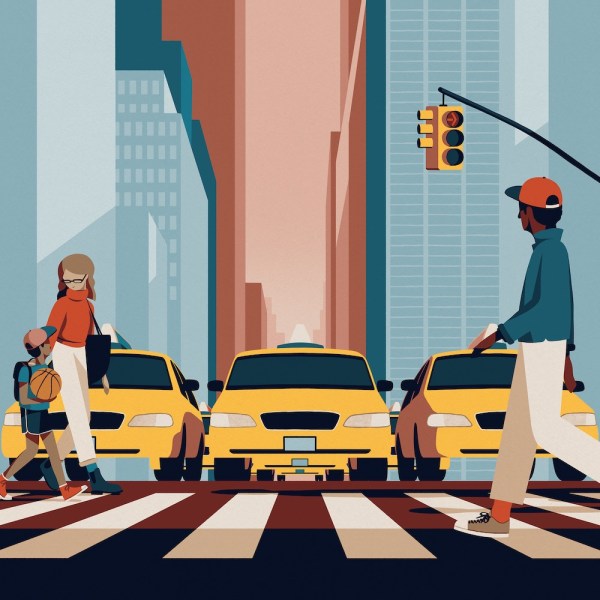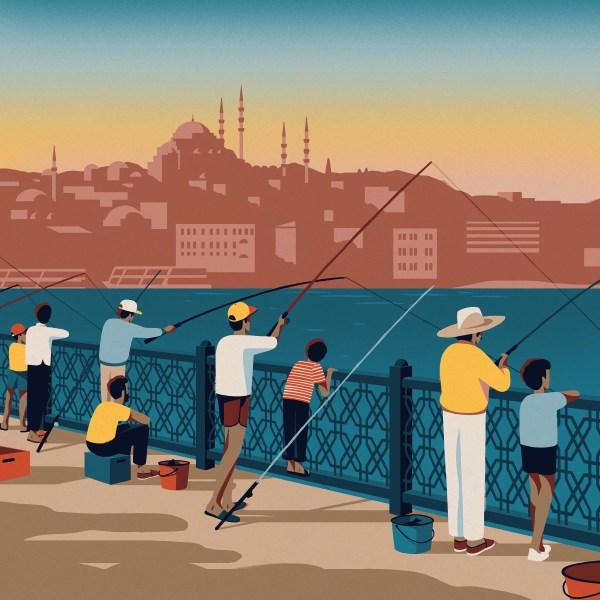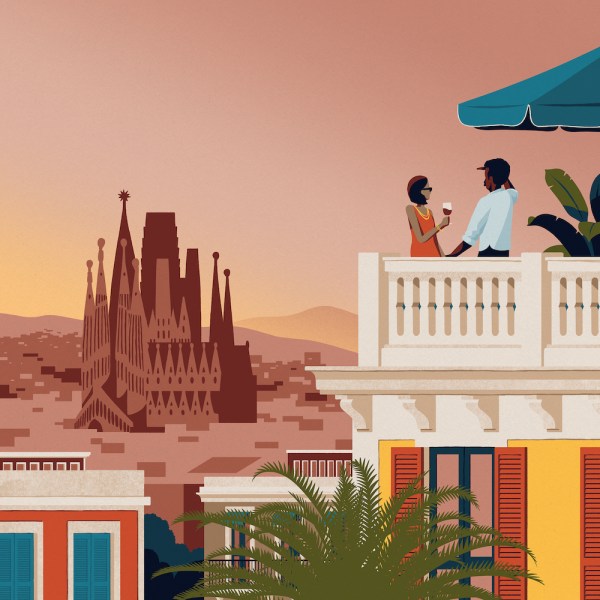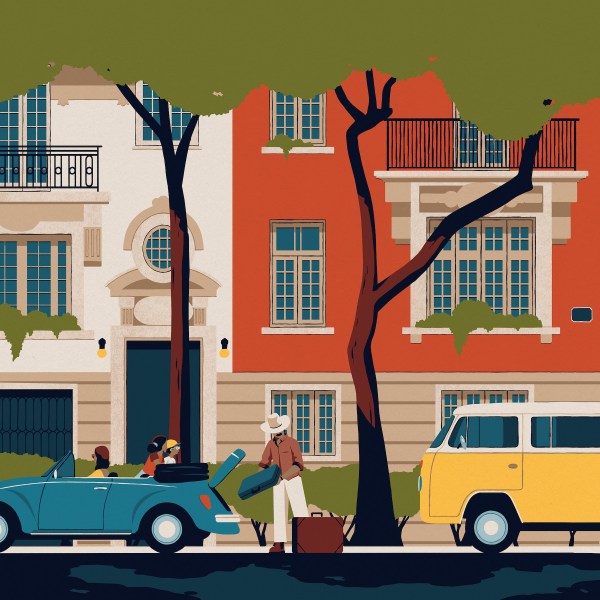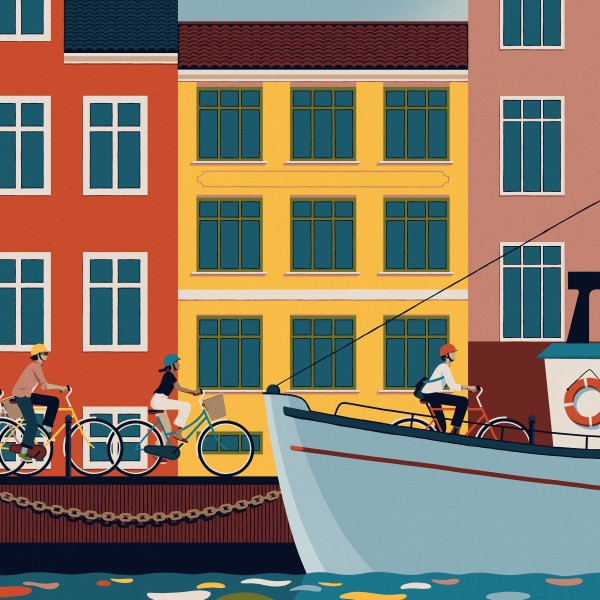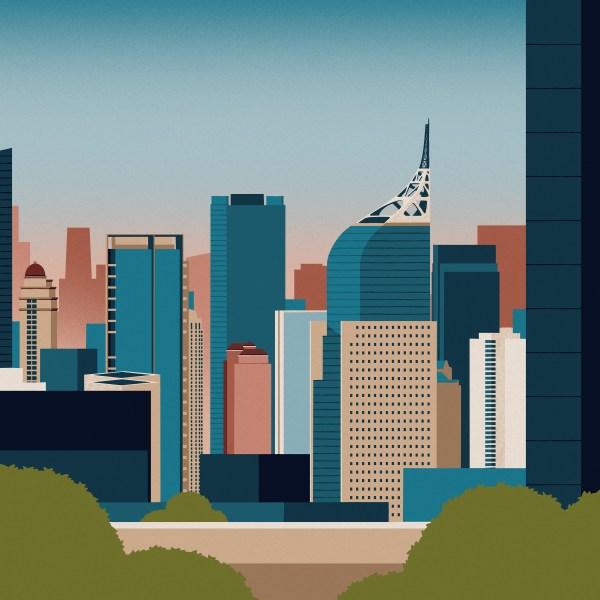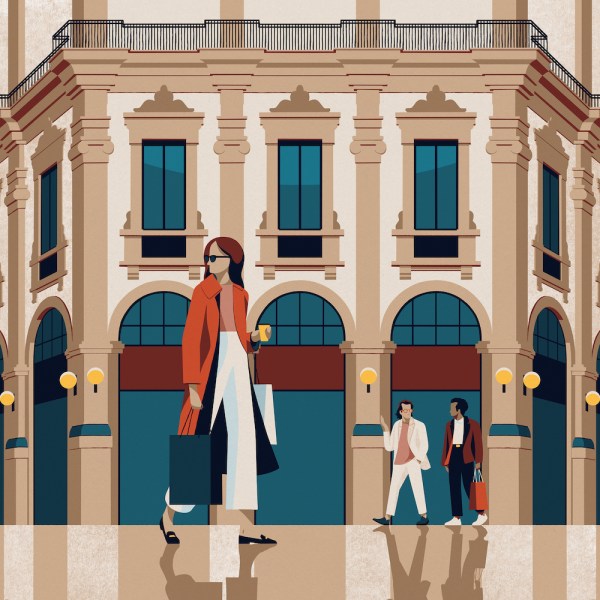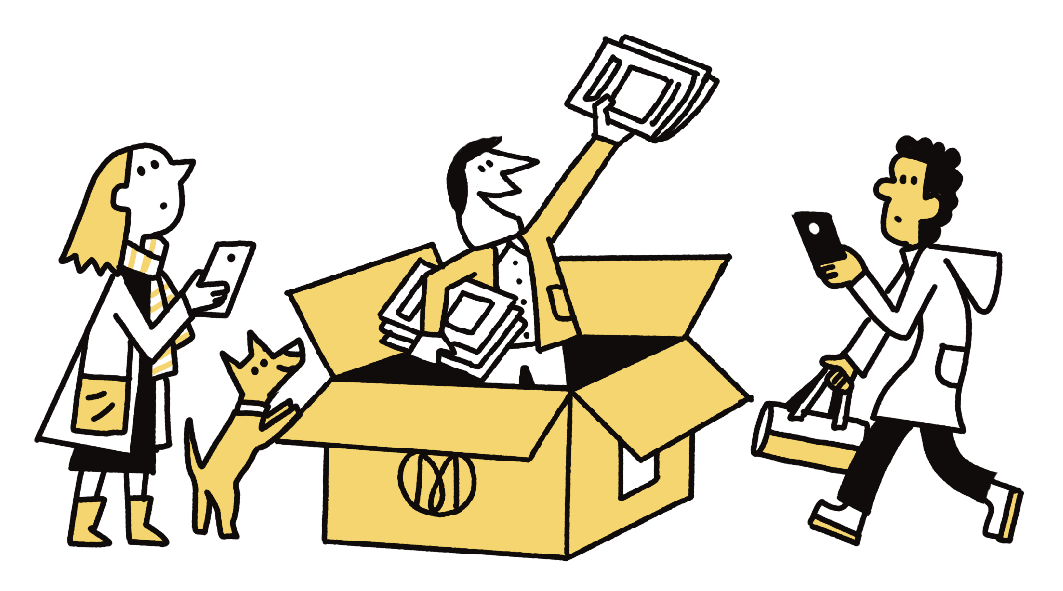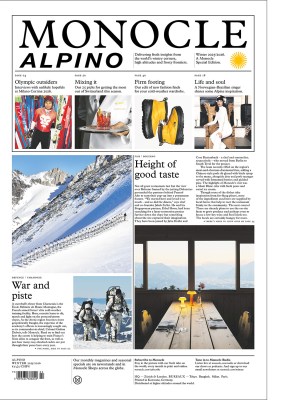Coasters be damned – a well-worn table is the heart of a home
A pristine tabletop is soulless. The marks, dents and spills that your table collects tell the story of growth, love and messy, beautiful living.
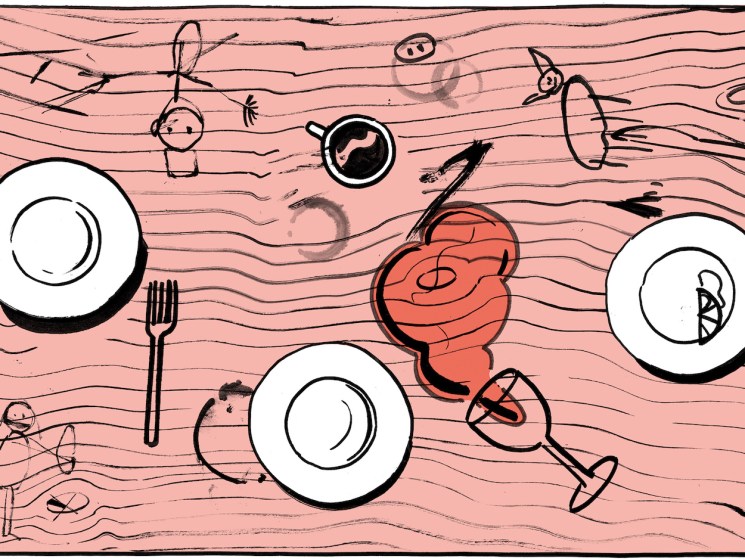
CULTURE
see all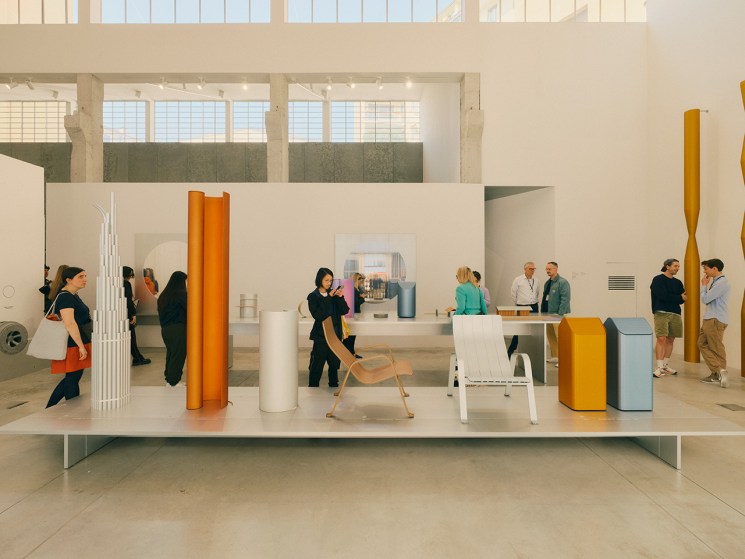
Plan a year of insights and entertainment with Monocle’s 2026 cultural calendar
Pick up a fresh new diary and fill the forthcoming 12 months with art, books, design, fashion and more from our rundown of the events not to be missed in the year ahead.
DESIGN
see all
23 well-designed gifts to give the interiors-obsessive in your life
Our line-up of tasteful treats will help to make this festive season one to remember.
FASHION
see all
How top politicians dress for winter: Parkas, tradition and power statements
Political leaders’ choice of winter wear can signal their priorities and reveal something of their world views. We take a look at five leaders, from Alexander Stubb to Kim Jong-un.
UPCOMING EVENTS
Christmas at The Monocle Shop, Merano – 23 December
Join us on Monday 23 December for a festive evening with ribollita, Glühwein and a seasonal edit of Monocle favourites.
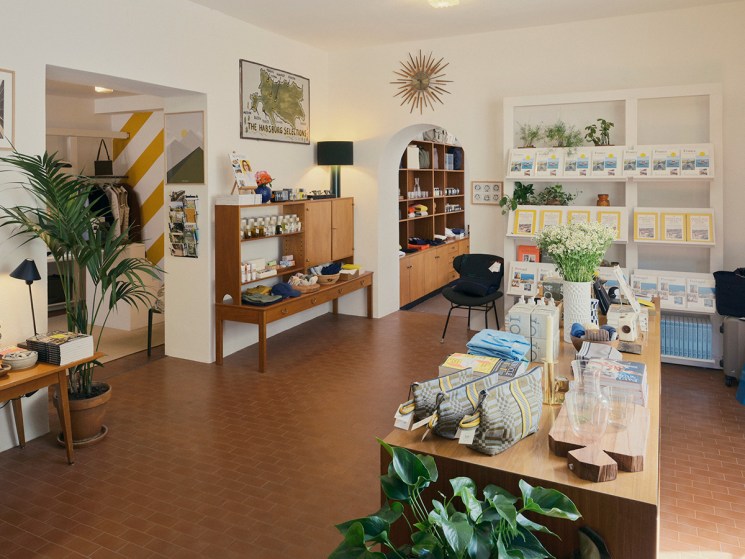
The Monocle Pop-up Shop, St Moritz – 4 December 2025 –– 31 March 2026
Drop by for a warming coffee or hot chocolate and explore our edit of Monocle products and reads for the colder months.
